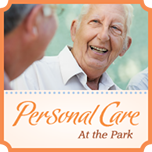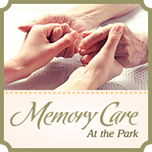Our view of Alzheimer’s disease and the way it’s treated have been changing since it was first discovered in 1906. To stay on top of some of the newest facts and figures, read our list of 7 essential facts about Alzheimer’s disease.
- Dementia is not synonymous with Alzheimer’s disease.
- About 5.4 million Americans have the disease and may not know they have it.
- It’s the 6th leading cause of death in the US.
- Half of adults aged 85 and over have Alzheimer’s.
- More women have Alzheimer’s than men.
- You can reduce your risk factors for getting Alzheimer’s.
- There is still no cure.
A lot of people try and use these terms to describe the same thing. This is not accurate. Alzheimer’s disease is a specific type of dementia, while dementia is just an umbrella term to describe a decline in mental ability. It is not a disease itself. It’s used to categorize a number of symptoms that involve a decline in cognitive ability. It includes diseases such as Alzheimer’s or even vascular dementia that may occur after a stroke.
This fact speaks to the difficulty in diagnosing the disease. Early stages of Alzheimer’s can simply come off as though your memory is just getting a little foggy. Even with blood tests and brain scans it’s tough to diagnose. Therefore, about half of the people estimated to have the disease, don’t know they have it.
This fact is both good news and bad news all in one. It’s good because scientists and researchers alike are improving treatment when it comes to conditions like heart disease and cancer. The death rate for those diseases are beginning to decline. Unfortunately, Alzheimer’s still has no cure and no possible treatment options to reverse its effects. As a result, we might see it climb even higher.
This disease has truly become an epidemic amongst older adults in the US and around the world. It’s the most common type of dementia and will remain that way until a cure is found.
According to a report done by the Alzheimer’s Association, nearly two-thirds of Americans suffering from Alzheimer’s are women. However, don’t let this statistic fool you. This does not mean there is a gender-based predisposition for the disease. Alzheimer’s does not care about your sex or ethnicity. The only reason for this statistic is that women generally live longer than men.
Sadly you cannot reduce your chances of getting Alzheimer’s to zero. However, you can still reduce your risk. There are specific lifestyle choices you can make that will aid in the defense of your healthy brain as you age. These lifestyle choices include your diet, consumption of alcohol, smoking, and other various choices you can make that promote a healthier lifestyle.
It seems, time and time again, we hear uplifting news about a possible cure for Alzheimer’s, only to see it fail during a more rigorous form of clinical trial. We are still in search of a cure. Remember that Alzheimer’s disease is not a normal part of aging, and we shouldn’t accept it as that. There are ways to reduce our chances of getting it and even slowing down its progression, but we cannot cure it yet. We still need to hold onto hope for one and help out those in search of a cure anyway we can.











